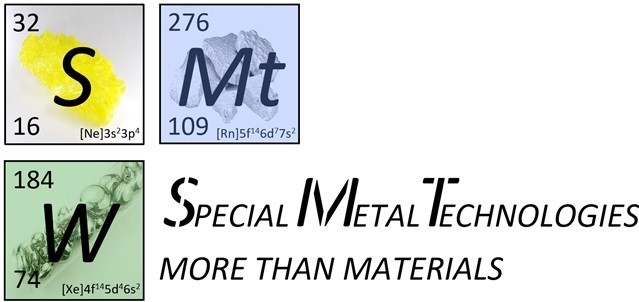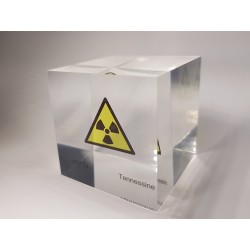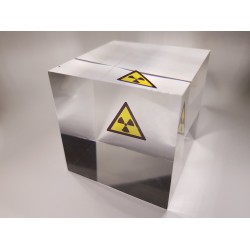- Shop
- Acrylic cubes
-
Elements
- Hydrogen
- Helium
- Lithium
- Beryllium
- Boron
- Carbon
- Nitrogen
- Oxygen
- Fluorine
- Neon
- Sodium
- Magnesium
- Aluminium
- Silicon
- Phosphorus
- Sulfur
- Chlorine
- Argon
- Potassium
- Calcium
- Scandium
- Titanium
- Vanadium
- Chromium
- Manganese
- Iron
- Cobalt
- Nickel
- Copper
- Zinc
- Gallium
- Germanium
- Arsenic
- Selenium
- Bromine
- Krypton
- Rubidium
- Strontium
- Yttrium
- Zirconium
- Niobium
- Molybdenum
- Technetium
- Ruthenium
- Rhodium
- Palladium
- Silver
- Cadmium
- Indium
- Tin
- Antimony
- Tellurium
- Iodine
- Xenon
- Cesium
- Barium
- Lanthanum
- Cerium
- Praseodymium
- Neodymium
- Promethium
- Samarium
- Europium
- Gadolinium
- Terbium
- Dysprosium
- Holmium
- Erbium
- Thulium
- Ytterbium
- Lutetium
- Hafnium
- Tantalum
- Tungsten
- Rhenium
- Osmium
- Iridium
- Platinum
- Gold
- Mercury
- Thallium
- Lead
- Bismuth
- Polonium
- Astatine
- Radon
- Francium
- Radium
- Actinium
- Thorium
- Protactinium
- Uranium
- Neptunium
- Plutonium
- Americium
- Curium
- Berkelium
- Californium
- Einsteinium
- Fermium
- Mendelewium
- Nobelium
- Lawrencium
- Rutherfordium
- Dubnium
- Seaborgium
- Bohrium
- Hassium
- Meitnerium
- Darmstadtium
- Roentgenium
- Copernicium
- Nihonium
- Flerovium
- Moscovium
- Livermorium
- Tennessine
- Oganesson
- Buch
- References
- Periodic Tables
- Metalle Wimmer
- Metametals
Tennessine
Tenness, with the chemical symbol Ts and atomic number 117, is an artificially produced chemical element that was first synthesized in 2010 at the GSI Helmholtz Centre for Heavy Ion Research in Darmstadt, Germany. The discovery is credited to the research of Yuri Oganessian, Christoph Düllmann, and their teams. Tenness was created through the fusion of berkelium-249 with calcium-48 nuclei.
The name "Tenness" represents the state of Tennessee in the USA, acknowledging the contributions of the Oak Ridge National Laboratory and Vanderbilt University to the exploration of new elements. The naming underscores the collaboration and contribution of US research institutions to the discovery of heavy elements. The synthesis of Tenness was a significant advancement in expanding the periodic table. Tenness is extremely rare on Earth and does not occur naturally. It is artificially produced in particle accelerators and has limited applications, mainly in scientific research to study the properties of transuranic elements.
The key Tenness isotopes are Tenness-294 and Tenness-295. Tenness-294 has a half-life of about 51 milliseconds, while Tenness-295 is approximately 64 milliseconds.
There are 2 products.
Active filters


